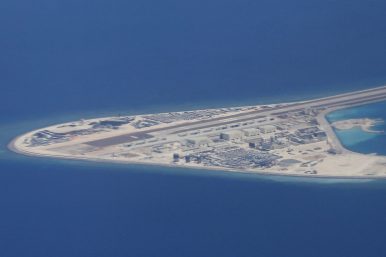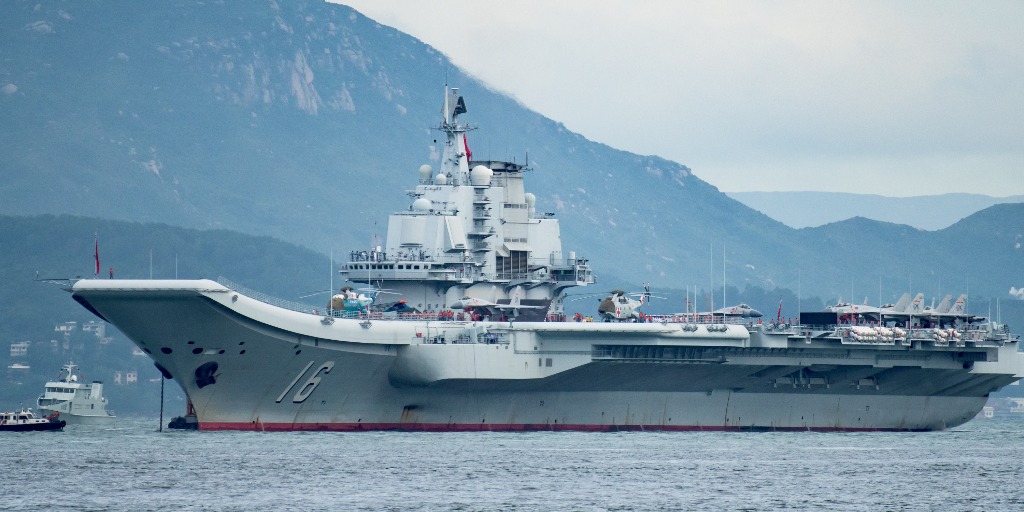by Bharat Karnad
 The worst fears about the Defence Planning Committee (DPC) being yet another bureaucratic contrivance rather than an instrument for centralizing national security and defence decision-making were realized once the outcome of its first meeting became known. One report talked about the DPC chaired by NSA Ajit Doval with the three armed services chiefs — Admiral Satish Lanba, General Bipin Rawat, Air Chief Marshal BS Dhanoa, defence secretary Sanjay Mitra, expenditure secretary Ajay Jha, foreign secretary Vijay Gokhale, and Lt Gen Satish Dua heading the Integrated Services HQrs as member-secretary writing up the minutes, surveying the “geostrategic landscape” and deciding to come up with an äction plan. Another reported that the stress was on the military services alighting on a coordinated plan to avoid developing duplication and triplication of capabilities that would be mindful of the financial constraints and keep in view rapidly advancing technologies and the likely nature of the wars of the future. In this context, the navy was asked not to push for the third indigenous aircraft carrier (that NHQ had hoped would have on board the prohibitively costly electromagnetic aircraft launch system (EMALS) that the US Navy is finding to be unaffordable. All present also apparently agreed that the flab needs to be excised. That’s all that has come out in the public realm.
The worst fears about the Defence Planning Committee (DPC) being yet another bureaucratic contrivance rather than an instrument for centralizing national security and defence decision-making were realized once the outcome of its first meeting became known. One report talked about the DPC chaired by NSA Ajit Doval with the three armed services chiefs — Admiral Satish Lanba, General Bipin Rawat, Air Chief Marshal BS Dhanoa, defence secretary Sanjay Mitra, expenditure secretary Ajay Jha, foreign secretary Vijay Gokhale, and Lt Gen Satish Dua heading the Integrated Services HQrs as member-secretary writing up the minutes, surveying the “geostrategic landscape” and deciding to come up with an äction plan. Another reported that the stress was on the military services alighting on a coordinated plan to avoid developing duplication and triplication of capabilities that would be mindful of the financial constraints and keep in view rapidly advancing technologies and the likely nature of the wars of the future. In this context, the navy was asked not to push for the third indigenous aircraft carrier (that NHQ had hoped would have on board the prohibitively costly electromagnetic aircraft launch system (EMALS) that the US Navy is finding to be unaffordable. All present also apparently agreed that the flab needs to be excised. That’s all that has come out in the public realm.














/arc-anglerfish-arc2-prod-mco.s3.amazonaws.com/public/NA6OC5QVOJB4ZLY6W7UXNPOROA.jpg)


